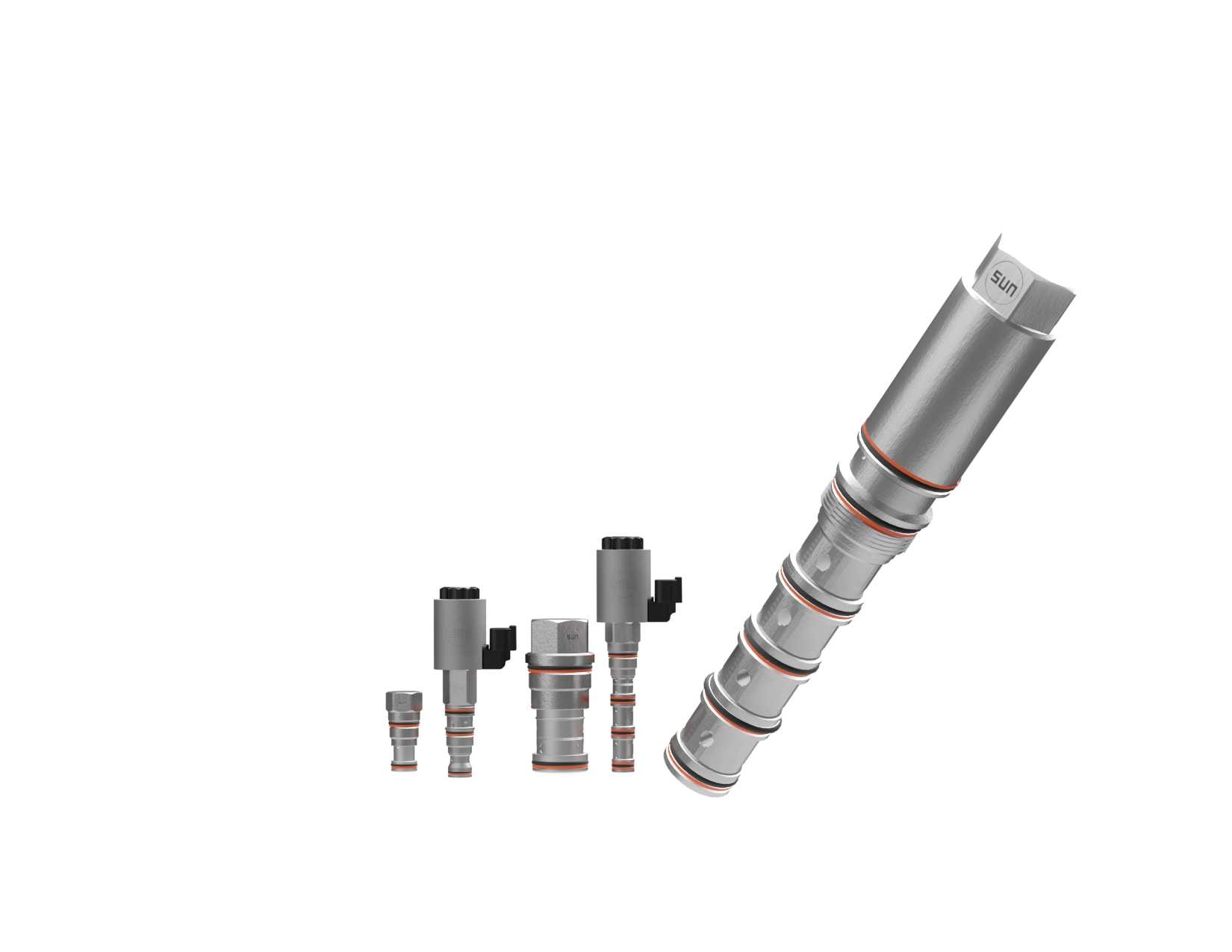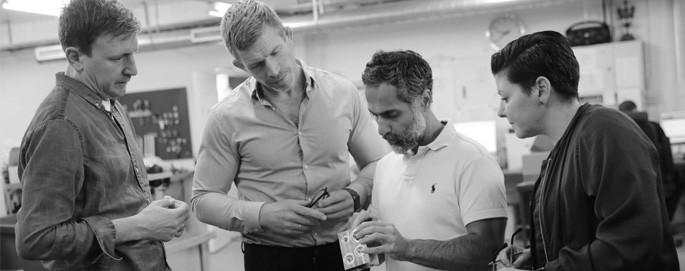
Directional valves are used to control the flow of hydraulic oil in a system, either through electric actuation (such as a solenoid valve), manual operation or pressure changes. The valve determines the path the fluid should take – for example, whether it should be directed to a cylinder to extend it, or to another port to retract it. Its primary function is to start or stop the flow, or to switch the flow between different functions. Directional valves are commonly used in a wide range of applications, such as construction equipment, winches and hydraulic presses.
Check valves are one of the most common types of hydraulic valves. They allow free flow in one direction but block flow in the opposite direction. They are commonly found in almost all hydraulic systems and are used in a wide range of applications — for example, to prevent unwanted backflow. They can also be placed directly after a pump to prevent backflow into the pump, or used to maintain pressure in a specific part of the system when the rest is shut off.
Logic elements are a type of hydraulic valve that operate based on logical principles — similar to an electronic logic gate — where one or more control signals determine the valve’s behavior. They can be used in a variety of hydraulic circuits and, when combined with other valves, enable advanced functions for directional, flow, and pressure control. Logic elements make it possible to build hydraulic control systems entirely without electronics, making them extremely robust and reliable — even in demanding and harsh environments.
Shuttle valves are controlled by pressure differences within the hydraulic system. The valve has two separate inlets and one common outlet, and it automatically connects one of the inlets to the outlet — depending on which has the higher pressure. This means the valve allows flow from two different pressure sources, but only the one with the higher pressure is passed through to the outlet.
Directional valves come in a variety of configurations, including 2-, 3-, 4-, and 6-way versions. As the names suggest, the number refers to how many ports the valve has for controlling flow. These range from the simpler 2-way valve, which only provides an open/close function, to the more advanced 6-way valve, capable of managing complex flow control.
A selector valve is used to switch between two or more functions using a common control signal or actuator. It is typically used when multiple functions need to be operated from the same directional valve — but only one function at a time.



Hydnet
EA Rosengrens gata 29
421 32 Västra Frölunda
+46 31 - 499 490
info@hydnet.se